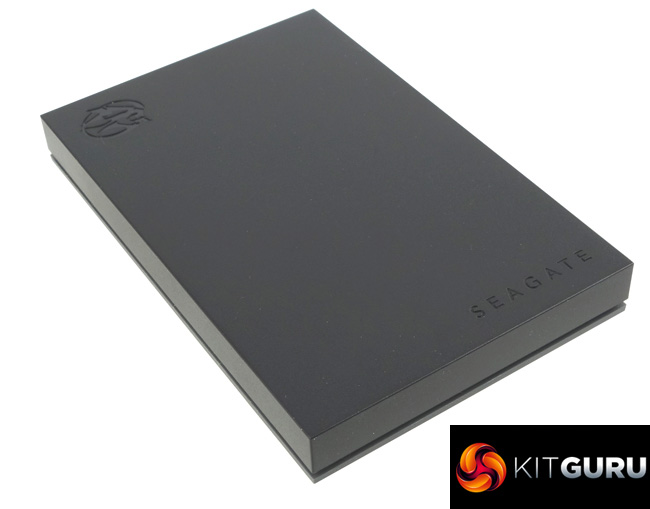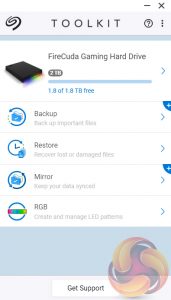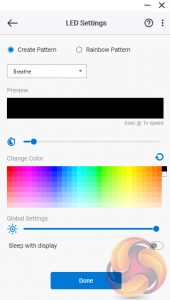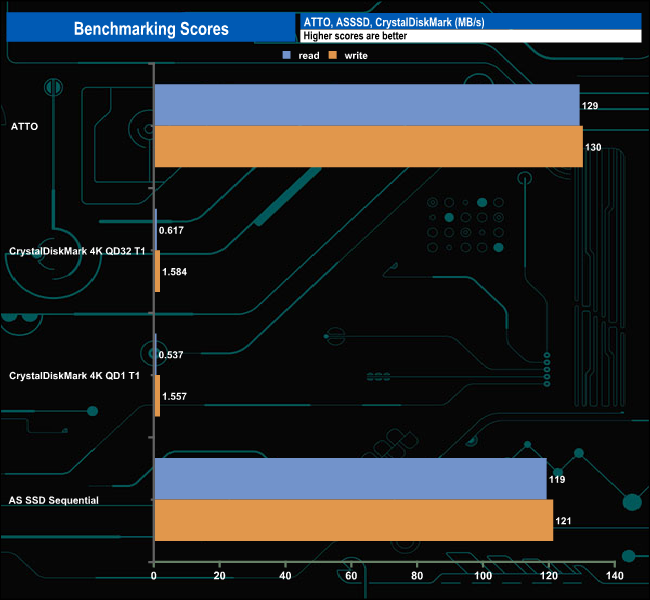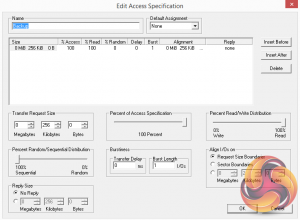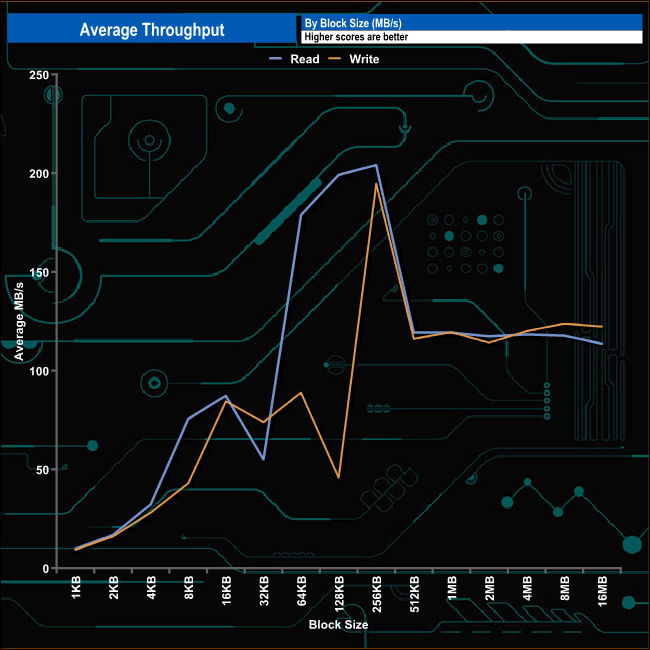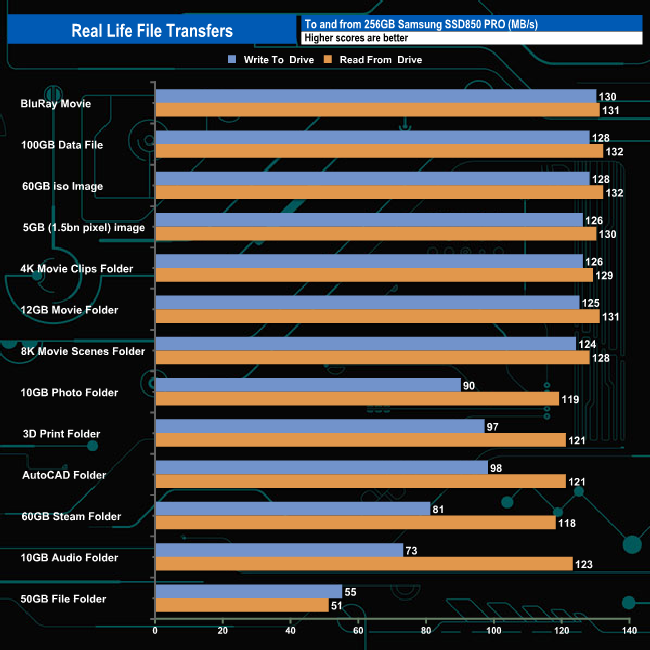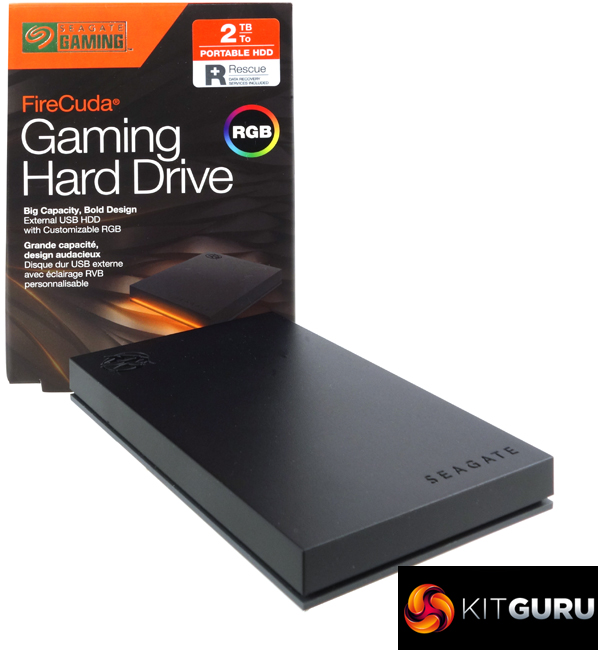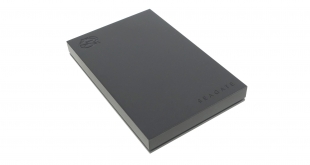
The latest addition to Seagate's expanding Gaming line is the FireCuda Gaming Hard Drive, which uses a 2.5in HDD combined with a USB 3.2 Gen1 interface. With some added bling in the form of customisable LED lighting, is this external drive worth a punt at £125?
The new FireCuda Gaming Hard Drive RGB lineup consists of three capacities; 1TB, 2TB and a flagship 5TB drive. The 1TB and 2TB models are 122.5mm long by 14mm thick but the 5TB model is a little thicker at 21.5mm.
Using the CrystalDiskInfo utility we see that the drive inside the 2TB unit is a Seagate ST2000LM007-1R8174. The 2.5in drive has a spin speed of 5,400rpm with 128MB of cache. The transfer rate for the ST2000LM007 is quoted as up to 140MB/s.
Seagate back the drive with a 2-year warranty but bundle in a useful three year Seagate Rescue Data Recovery service.
Physical Specifications:
- Usable Capacities: 2TB.
- Internal drive: Seagate ST2000LM007-1R8174.
- Interface: USB3.2 Gen1 (5Gbps).
- Form Factor: external.
- Dimensions: 21.5 x 81 x 122.5mm.
- Drive Weight: 167g.
Firmware Version: EB01.
The FireCuda Gaming Hard Drive comes in a sturdy box with an image of the drive on the front along with a logo informing that it has RGB lighting. On the top right-hand side of the box is a sticker with the drives capacity and the fact it comes with Seagate's Rescue Data Recovery service.
The back of the box has an illustration informing that the RGB system works with Razer Chroma with the rest of the box covered in multilingual marketing text.


One box end has a multilingual description of what the drive can connect to, while the other end has a small list of the drive's features, again multilingual.
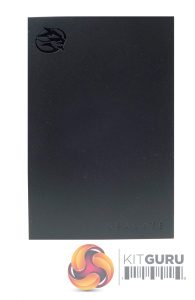

The 2TB FireCuda Gaming Hard Drive RGB weighs in at 167g with a satin black front which has the FireCuda logo and the Seagate name picked out in a high gloss finish while the rear of the drive is finished in a very dark grey. The CrystalDiskInfo utility identifies the drive inside as a Seagate ST2000LM007-1R8174. This 2.5in, 7mm thick drive uses two platters (discs) with an Areal density of 1,320 Gb/in and four heads. It has a 5,400rpm spindle speed with a 128MB buffer (cache).
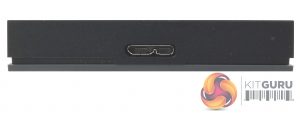

The FireCuda Gaming HDD RGB uses a USB3.2 Gen1 micro-B interface. At the other end of the drive sits the RGB LEDs in a very narrow strip at the base of the drive.
Bundled with the drive is a shortish USB 3.0 Type-A to Micro-B cable, some FireCuda stickers and a multilingual quick start guide.
To help you get the most out of the drive there is Seagate's Toolkit utility. It provides easy to use tools to make backing up your data easier including creating custom backup plans and also supports the creation of folders that can be synced between your PC (or Mac) and the drive.
The drives FireCuda RGB function is controlled by two pages in Toolkit and at first glance, there doesn't seem much to it but as they say, the devil is in the detail. On the first page, there are options to change the intensity of the lighting or turn it off completely and access to the Razor Chroma support.
The second page allows for a fairly wide range of tinkering to be done with the RGB. First off there is a choice of two settings; Create Pattern and Rainbow Pattern. The Create Pattern option has four default patterns; Solid (displays single colour), Blink (single colour, 6 sec animation time 50% on,50% off), Breathe (custom animation time, single colour fade) and Spectrum (transitions between 6 colours; red, orange, yellow, green, blue, and violet, with custom animation time).
Then there are three Custom patterns with choices of transition and hold times and multiple colour choices. There’s a preview window where you can the choices you’ve made in action before you select them.
The Rainbow option has just four choices of display; Static, Breathe, Blink and Slide but doesn't have any custom options.
Out of the box, factory formatted as exFAT but we reformatted it as NTFS for some of our benchmarks.
CrystalDiskMark is a useful benchmark to measure theoretical performance levels of hard drives and SSDs. We are using V5.
The ATTO Disk Benchmark performance measurement tool is compatible with Microsoft Windows. Measure your storage systems performance with various transfer sizes and test lengths for reads and writes. Several options are available to customize your performance measurement including queue depth, overlapped I/O and even a comparison mode with the option to run continuously.
Use ATTO Disk Benchmark to test any manufacturers RAID controllers, storage controllers, host adapters, hard drives and SSD drives and notice that ATTO products will consistently provide the highest level of performance to your storage.
AS SSD is a great free tool designed just for benching Solid State Drives. It performs an array of sequential read and write tests, as well as random read and write tests with sequential access times over a portion of the drive. AS SSD includes a sub suite of benchmarks with various file pattern algorithms but this is difficult in trying to judge accurate performance figures.
Using the CrystalMarkInfo utility the drive inside the FireCuda Gaming Hard Drive is recognised as a 5,400rpm unit. The Sequential read/write scores are in the range of what you might expect from a drive with this spindle speed over a USB3.2 Gen1 interface.
IOMeter is another open-source synthetic benchmarking tool that is able to simulate the various loads placed on the hard drive and solid-state drive technology.
We set IOmeter up (as shown above) to test both backup and restore performance on a 100GB file.
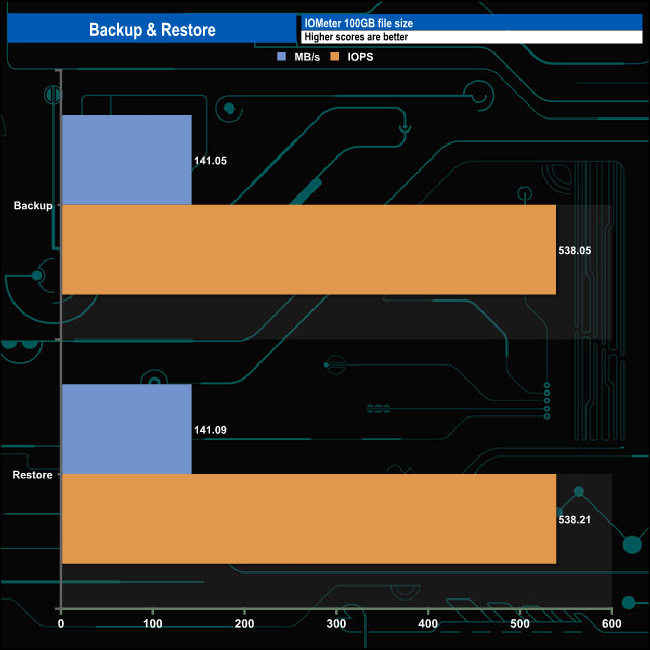
The drive had no difficulty handling our backup/restore test with transfer rates well over 100MB/s for both tests.
The 2TB Seagate FireCuda Gaming Hard drive read performance dropped at the 32KB block size mark but recovered well to peak at 204MB/s at the 256KB mark, before dropping back again at the 512KB block with the drive finishing the test run at 113MB/s. The Write performance dropped sharply at the 128KB block mark before recovering to peak at 194MB/s before dropping again to end the test run at 122.22MB/s.
The PCMark 10 Data Drive Benchmark has been designed to test drives that are used for storing files rather than applications. You can also use this test with NAS drives, USB sticks, memory cards, and other external storage devices.
The Data Drive Benchmark uses 3 traces, running 3 passes with each trace.
Trace 1. Copying 339 JPEG files, 2.37 GB in total, in to the target drive (write test).
Trace 2. Making a copy of the JPEG files (read-write test).
Trace 3. Copying the JPEG files to another drive (read test)
Here we show the total bandwidth performance for each of the individual traces.
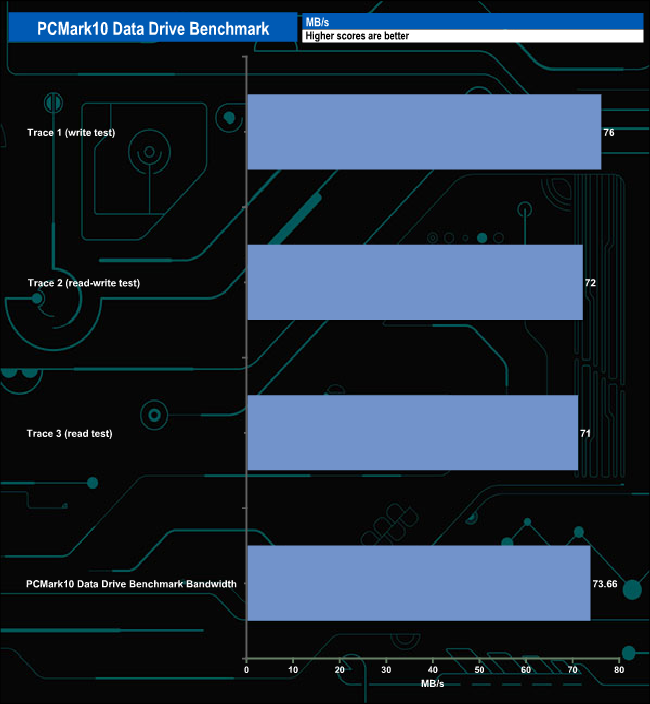
The PCMark 10 Data Drive benchmark figures are what you would expect to see from a 5,400rpm drive, with a best of 76MB/s in the write test.
To test real life performance of a drive we use a mix of folder/file types and by using the FastCopy utility (which gives a time as well as MB/s result) we record the performance of drive reading from & writing to a 256GB Samsung SSD850 PRO.
We use the following folder/file types:
- 100GB data file.
- 60GB iso image.
- 60GB Steam folder – 29,521 files.
- 50GB File folder – 28,523 files.
- 12GB Movie folder – (15 files – 8 @ .MKV, 4 @ .MOV, 3 @ MP4).
- 10GB Photo folder – (304 files – 171 @ .RAW, 105 @ JPG, 21 @ .CR2, 5 @ .DNG).
- 10GB Audio folder – (1,483 files – 1479 @ MP3, 4 @ .FLAC files).
- 5GB (1.5bn pixel) photo.
- BluRay Movie – 42GB.
- 21GB 8K Movie demos – (11 demos)
- 16GB 4K Raw Movie Clips – (9 MP4V files).
- 4.25GB 3D Printer File Folder – (166 files – 105 @ .STL, 38 @ .FBX, 11 @ .blend, 5 @ .lwo, 4 @ .OBJ, 3@ .3ds).
- 1.5GB AutoCAD File Folder (80 files – 60 @ .DWG and 20 @.DXF).
On the whole, the drive performed well when it came to dealing with our real-life file transfers although it struggled writing the small bity files of the 50GB file, 60GB Steam and 10GB audio folders. Read performance on the other hand was good, producing well over 100MB/s transfer rates for most of the other tests.
Seagate's latest addition to its FireCuda Gaming line is the FireCuda Gaming HDD. There are three drives in the new range, starting at 1TB, with 2TB and 5TB versions.
Seagate's Toolkit app makes backing up data easier by enabling you to create your own backup plans (currently Windows only) as well as the creation of folders that can be synced between your PC or Mac and the drive.
But in the case of the FireCuda Gaming HDD RGB, Toolkit has another important function – it controls the drive RGB system. There are eight default patterns (four in the Create Pattern option and four in the Rainbow option). If you fancy something different, there are three custom settings in the Create Pattern section. The drive is also compatible with Razer Chroma (Razer Synapse 3 or higher), which can be enabled via Toolkit.
The Seagate FireCuda Gaming HDD RGB uses a standard USB3.2 Gen1 interface, and with a 5,400rpm HDD on board, to be honest, there is not much point in adding anything faster. In our testing, read and write speeds of around 130 MB/s were typical for this drive.
Seagate backs the drive with a two-year warranty but bundle in a three-year Seagate Rescue Recovery Services plan. The plan provides access to Seagate’s technical services who will assist with data recovery in the event of a drive failure.
We found the 2TB Seagate FireCuda Gaming Hard Drive on Amazon UK for £125.31 (inc VAT) HERE.
Pros
- Pocket-sized.
- RGB.
- Razer Chroma RGB compatibility.
Cons
- The provided USB cable could be a bit longer for PC use.
- Not the fastest external drive.
KitGuru says: Seagate's FireCuda Gaming Hard Drive offers large capacity, if not super-fast transfer rates, with extra bling at a reasonable cost.
 KitGuru KitGuru.net – Tech News | Hardware News | Hardware Reviews | IOS | Mobile | Gaming | Graphics Cards
KitGuru KitGuru.net – Tech News | Hardware News | Hardware Reviews | IOS | Mobile | Gaming | Graphics Cards


